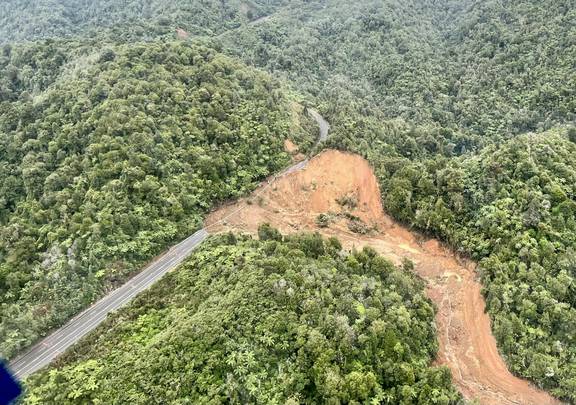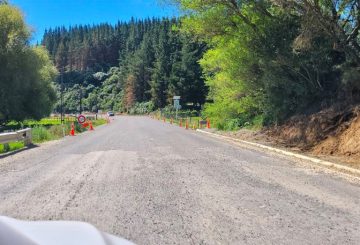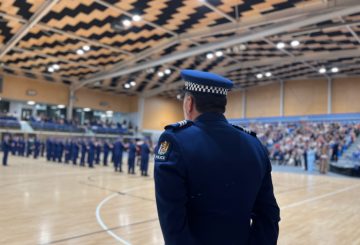뉴질랜드 북섬에 있는 코로만델 반도의 동쪽 해안은 산사태로 인해 다른 지역과 크게 단절된 상태로 남아 있습니다.반도와 본토를 연결하는 25A 주 고속도로는 전 사이클론 헤일 이후 1월 27일에 균열이 생긴 이후 폐쇄되었습니다.사라진 140m 길이의 도로로 인해 반도가 둘로 갈라지는 동굴 모양의 분열이 생겼습니다.산사태로 인해 지역 내부 및 외부 접근이 심각한 영향을 받고 있으며, 크리스마스 이전에는 SH25A 해결책이 마련되지 않을 것으로 예상됩니다.
엔지니어들은 현재 도로 수리를 위해 다음과 같은 세 가지 옵션을 고려하고 있습니다. 옹벽을 이용한 도로 복원, 교량 건설 또는 우회도로 건설입니다.그들은 아직 선호하는 옵션을 결정하지 못했으며, 이는 지반 공학 조사 결과에 따라 달라질 것입니다.산을 통과하는 터널의 가능성은 배제되지 않았지만 비용이 많이 들기 때문에 선택의 여지가 없습니다.
보수 작업의 시작 날짜는 습한 겨울철에 속할 수 있으며, 이는 불안정한 지면에서 진행되는 프로젝트에는 바람직하지 않습니다.문제를 해결하려면 9~12개월이 걸리므로 크리스마스까지 해결책을 찾는 주민이나 방문객은 실망하게 될 것입니다.반도 동쪽에 있는 또 다른 도로의 상당 부분이 황가마타와 타이루아 사이의 미끄러짐으로 인해 무너졌습니다.25번 주 고속도로의 이 구간은 경차만 이용할 수 있는 단일 차선으로 축소되었으며, 이 도로의 재건 공사는 4월에 시작될 예정입니다.






























































